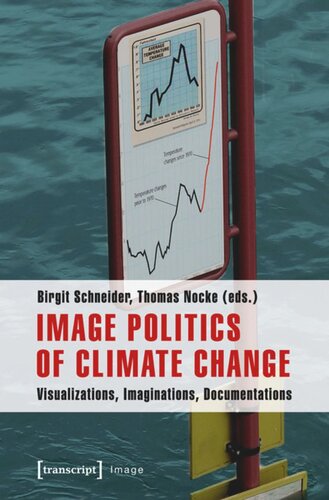

Most ebook files are in PDF format, so you can easily read them using various software such as Foxit Reader or directly on the Google Chrome browser.
Some ebook files are released by publishers in other formats such as .awz, .mobi, .epub, .fb2, etc. You may need to install specific software to read these formats on mobile/PC, such as Calibre.
Please read the tutorial at this link: https://ebookbell.com/faq
We offer FREE conversion to the popular formats you request; however, this may take some time. Therefore, right after payment, please email us, and we will try to provide the service as quickly as possible.
For some exceptional file formats or broken links (if any), please refrain from opening any disputes. Instead, email us first, and we will try to assist within a maximum of 6 hours.
EbookBell Team

0.0
0 reviewsScientific research on climate change has given rise to a variety of images picturing climate change. These range from colorful expert graphics, model visualizations, photographs of extreme weather events like floods, droughts or melting ice, symbols like polar bears, to animated and interactive visualizations. Climate change graphics have not only increased knowledge about the subject, they have begun to influence popular awareness of global weather events. The status of climate pictures today is particularly crucial, as global climate change as a long-term process cannot be seen.
When images are widely distributed, they are able to shape how the world is thought about and seen. It is this implicit basic assumption of the power of images to influence reality that this book addresses: today's images might become the blueprint for tomorrow's realities.
»Image Politics of Climate Change« combines a wide interdisciplinary range of perspectives and questions, treated here in sixteen interdisciplinary case studies. The author's specializations include both visual practice and theory: in the fields of climate sciences, computer graphics, art, curating, art history and visual studies, communication and cultural science, environmental and science & technology studies. The close interlinking of these viewpoints promotes in-depth insights into issues of production and analysis of climate visualization.